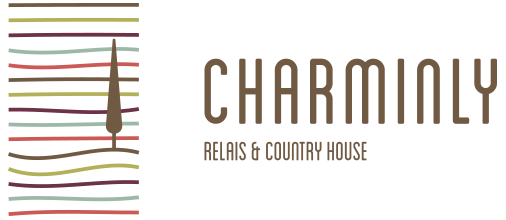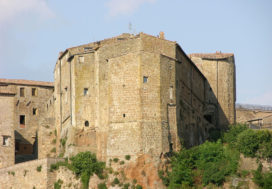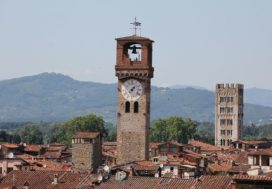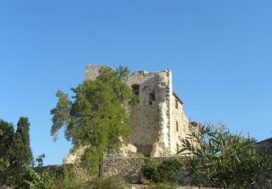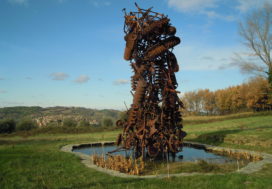During your stay in the district of Siena, in Toscana, you can discover the historical identity from the Middle Ages to the Renaissance in Val di Chiana.
SARTEANO
The village of Sarteano, between Val d’Orcia and Val di Chiana, is surrounded by olive trees and vineyards. It is hinabited since the Etruscan period, it began to develop in the Middle Ages with the construction of the Castle in the 12th century. Its fascinating ruins guard the legend of the Countess Drusilla, killed by a snake during the celebration of a Mass.
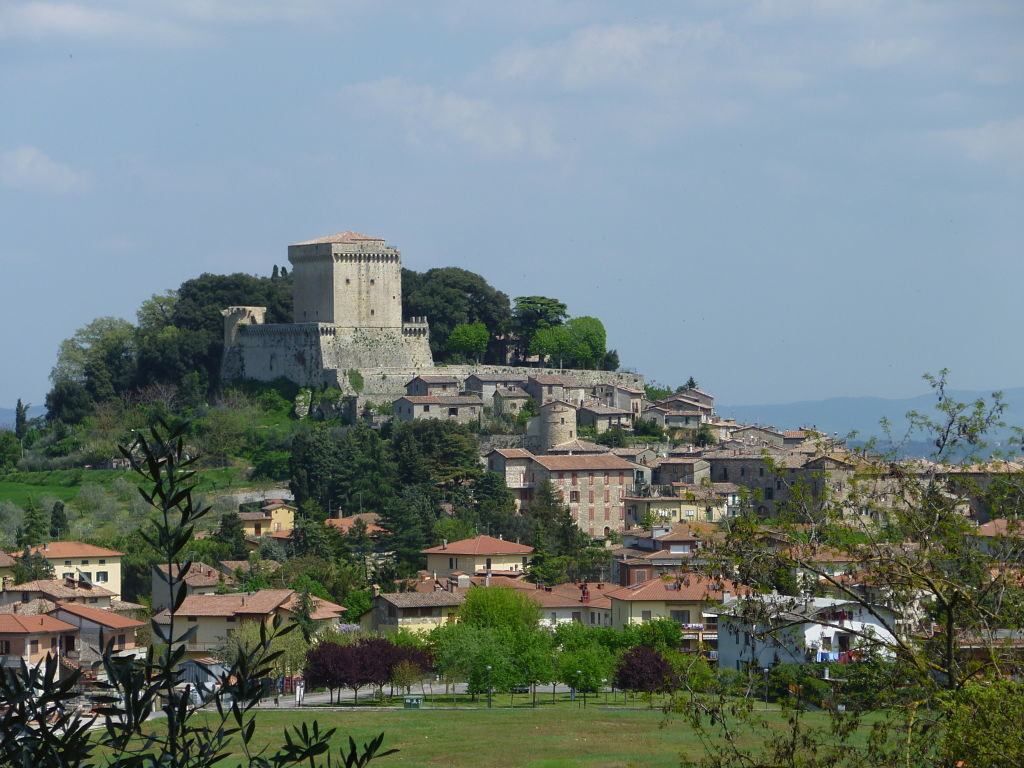
Sarteano
CHIUSI
In the old town centre of Chiusi there’s the Cathedral of St Secondiano, or Cathedral of Chiusi, dedicated to the patron saint of the town. It was built in the 6th century and restored in the following centuries until the end of the nineteenth century, the cathedral preserved the Chapel of the Blessed Sacrament with the Representative Piece of the Adoration of the Child between the saints Secondiano and Girolamo.
Next to the cathedral there’s the bell tower, built in 1585, uder it you can access a Roman Etruscan cistern built in the 1st century BC. Connected to the cistern, there are a series of tunnels, called the Porsenna Labyrinth, which can be walked on a fascinating journey into the underground suburbs of the town.
BAGNO VIGNONI
Bagno Vignoni, a tiny fraction of San Quirico d’Orcia, offers splendid spa baths. Like Lorenzo de Medici, there are many historical figures who have enjoyed these magnificent waters, and today you can still be fascinated by Piazza delle Sorgenti, a square occupied entirely by thermal water as a large swimming pool surrounded by historic buildings.
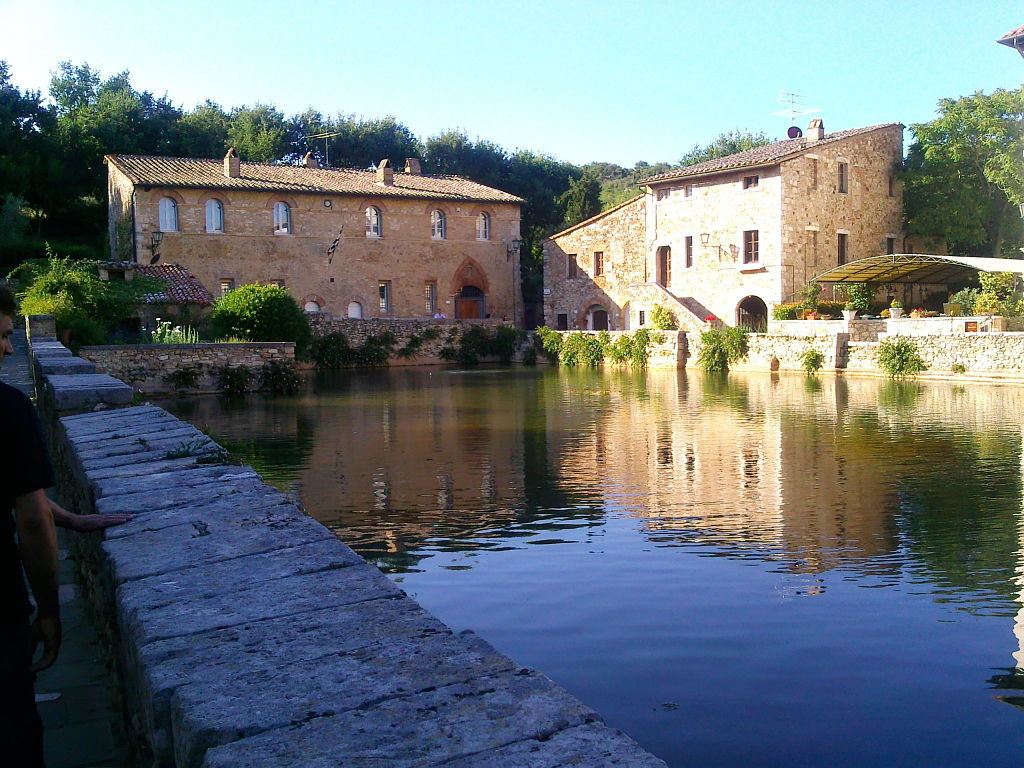
Bagno Vignoni
MONTEPULCIANO
Montepulciano, famous for producing the homonymous DOCG wine, is also a medieval village full of interesting corners.
The beautiful Town Hall, located in Piazza Grande, was built on the image of the Palazzo della Signoria in Florence by the wish of Cosimo I de Medici, and was finished in the middle of the fifteenth century by Michelozzi.
The Tower of Pulcinella is a clock tower, characterized by the pulcinella statue placed on top, next to the bell, they say that a bishop from Naples wanted it on the tower.
The Church of St. Biagio, dating back to the 16th century, is a beautiful example of Renaissance architecture. Inside, it houses several sculptures, marble altars, and other wonderful works, such as the fresco of Our Lady of St. Biagio.
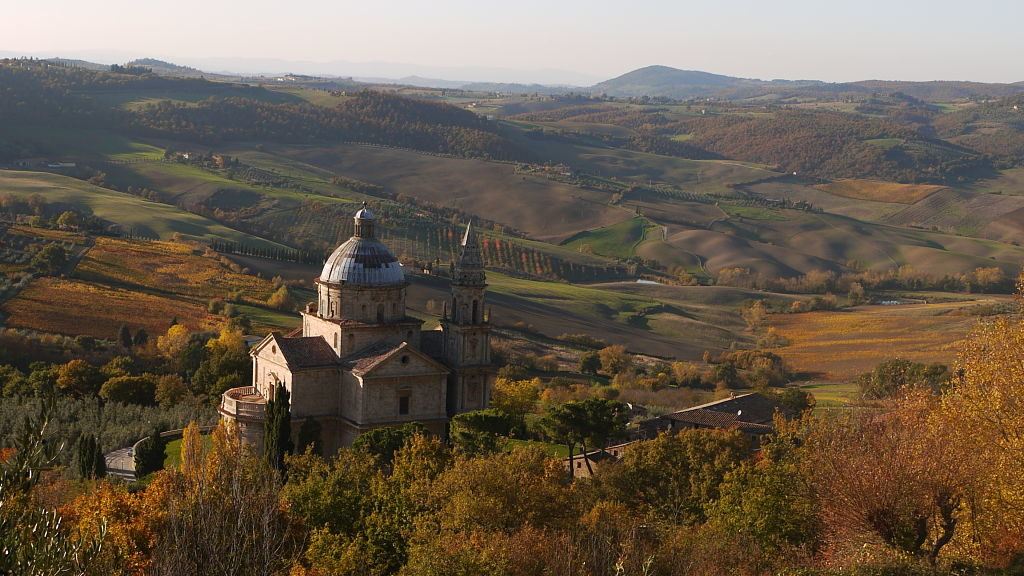
Church of St. Biagio, Montepulciano
PIENZA
The old town centre of the village of Pienza is included in the list of UNESCO World Heritage Sites.
The Cathedral of Santa Maria Assunta, or Cathedral of Pienza, is located in Piazza Pio II. It is a mix of Renaissance and Gothic styles, and houses several works of art such as the Madonna with the Child and the Assumption of the Virgin.
From this area you can easily go to Umbria, in Perugia, where you can visit the National Gallery of Umbria full of precious works including the painting called the Adoration of the Three Wise Men made in 1470 by Perugino.
In Città della Pieve, in the district of Perugia, we can visit Palazzo della Corgna. Today is used as a municipal library, this beautiful sixteenth century palace is finely decorated with frescoes and paintings in the Governor’s Hall and in the Great Hall.


